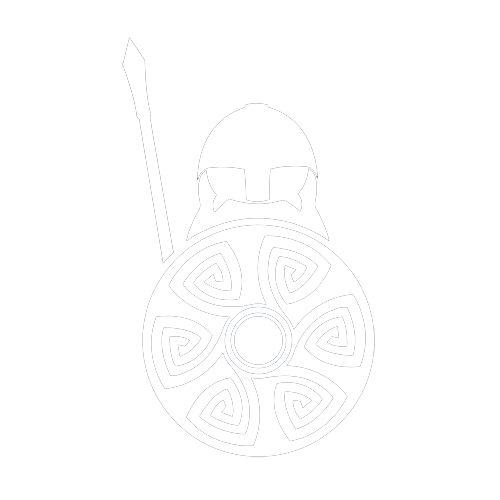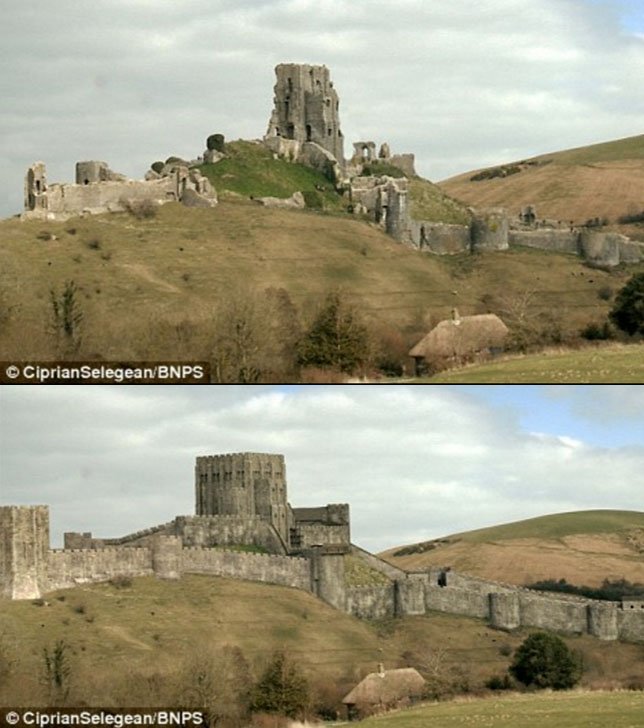Corfe Castle the Saxon and Norman Stronghold
Corfe Castle sits high upon the Purbeck hills in Dorset, England. The hilly castle site is located in a natural gap between a vast line of chalk hills, which is where Corfe Castle got its name. Corfe meaning ‘a cutting’ in old English, which refers to the gap between the chalk lines.
Towering over the village of Corfe, Corfe Castle has had a chequered history, and could have been used during the Roman times. Burial mounds in the area suggest settlers have been here since the Bronze Age.
Corfe Castle the Saxon Fort
The Saxons realised the site’s potential, and built the first wooden castle here. Under Alfred the Great, a Saxon hall was built during the 9th century, where the ruined Norman hall sits today. Fragments of Saxon pottery have been found behind the retaining wall of the Norman hall, along with wooden post holes beneath, showing the location of the old Saxon hall.
Corfe Castle and the Murder of King Edward the Martyr
In the west bailey of Corfe Castle, traces of a Saxon building have been found. There is a possibility that these are the remains of the Saxon royal house, where the teenage King Edward the Martyr would have visited his step-mother, Aelfthryth.
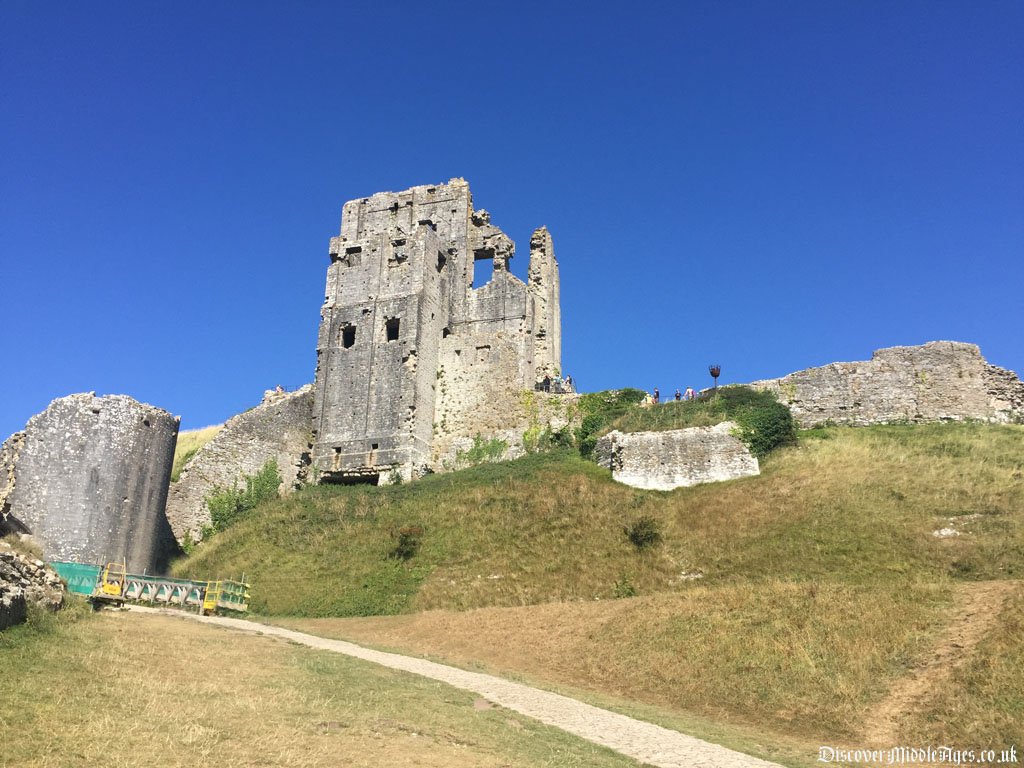
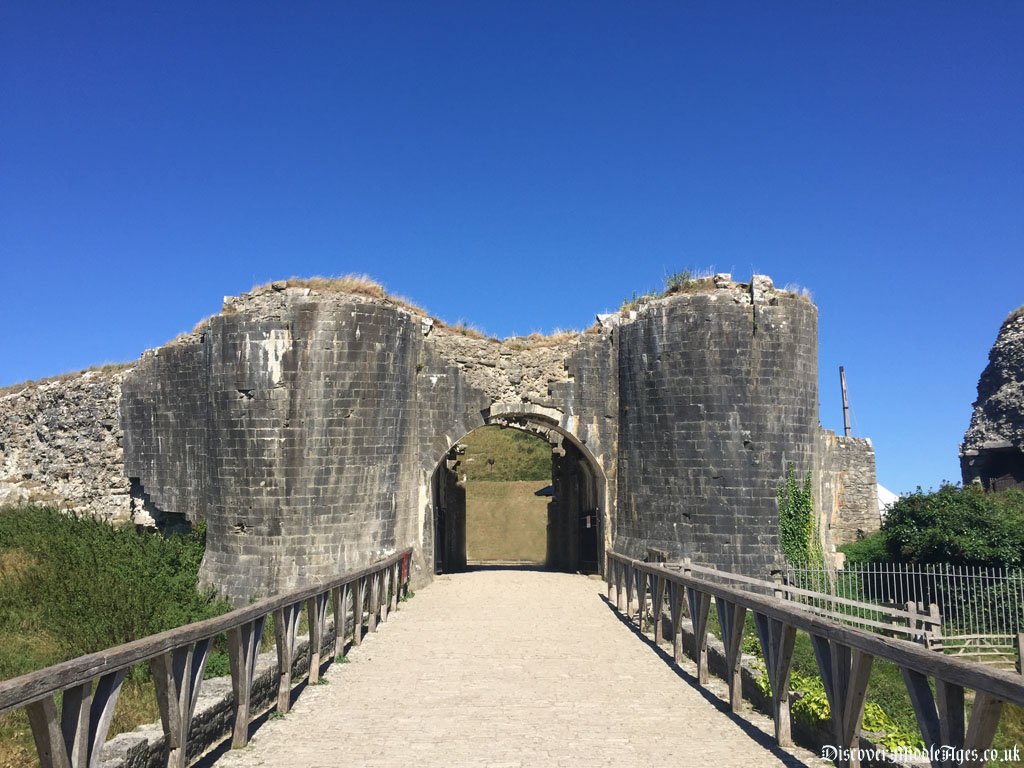
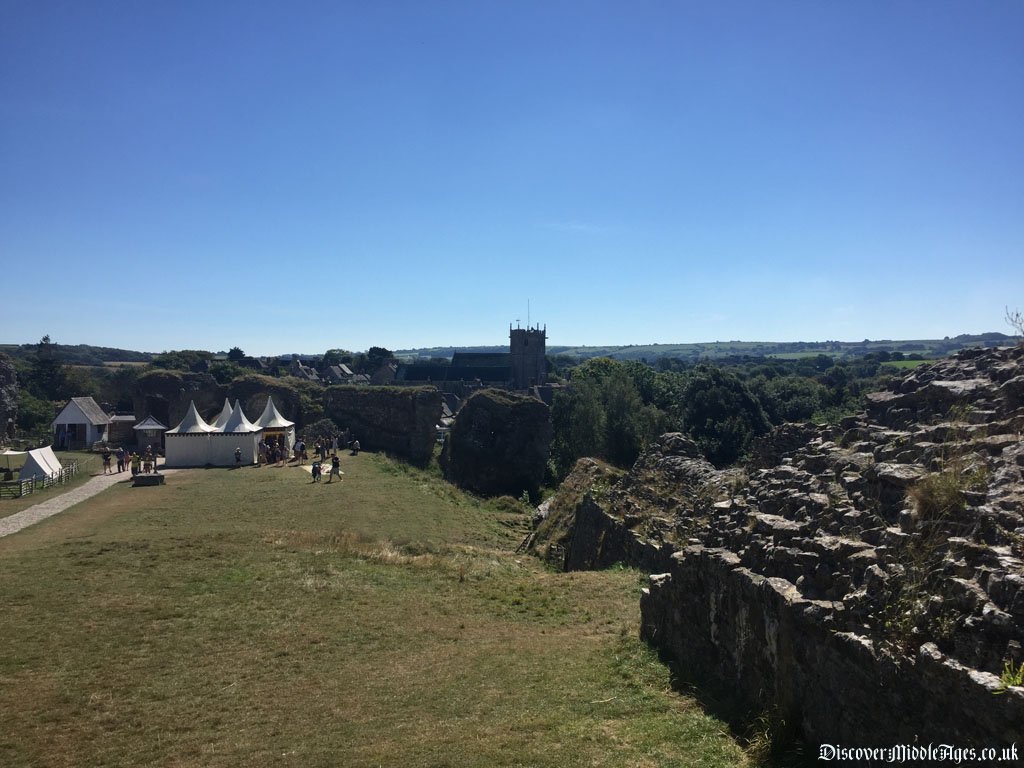
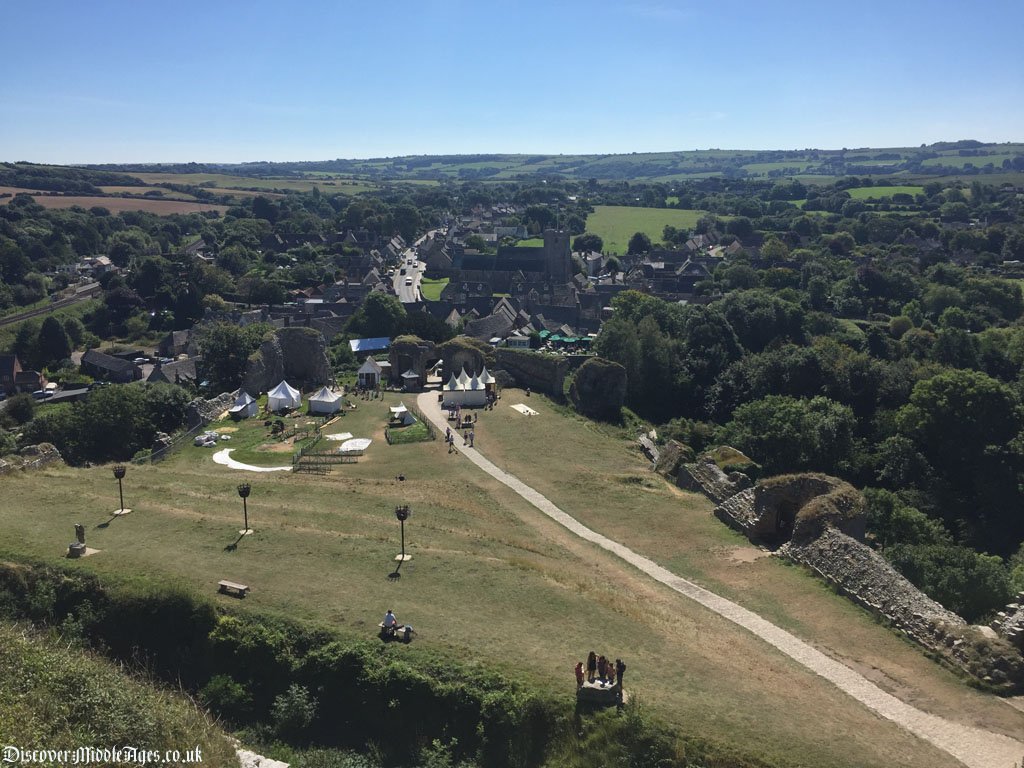
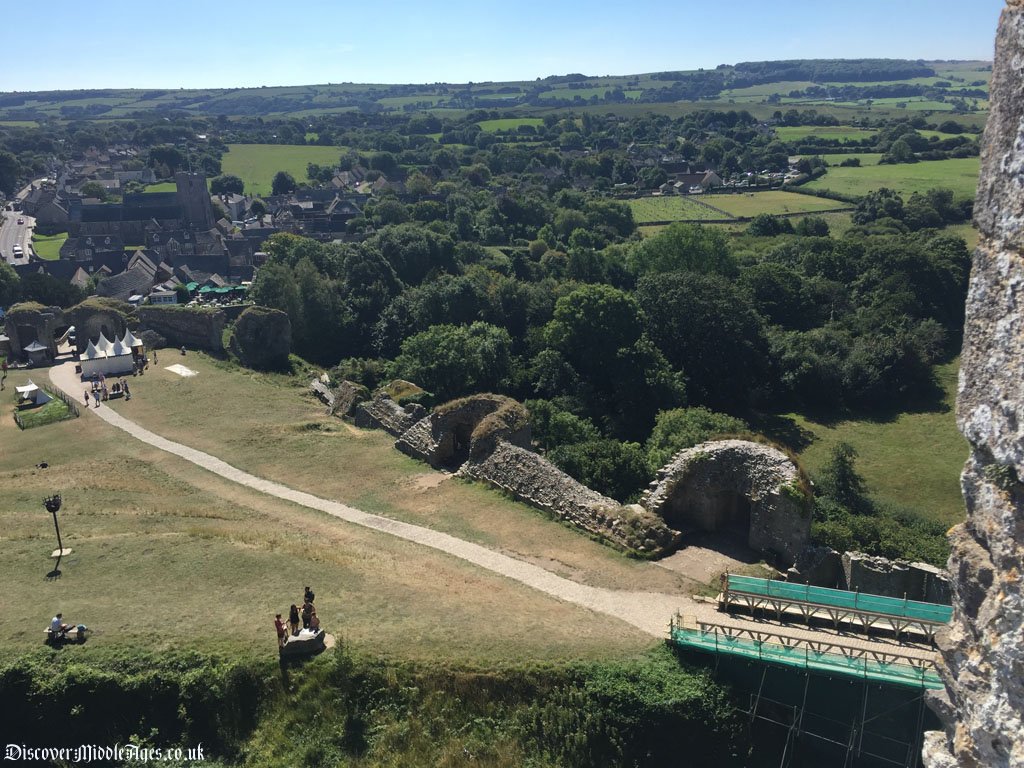
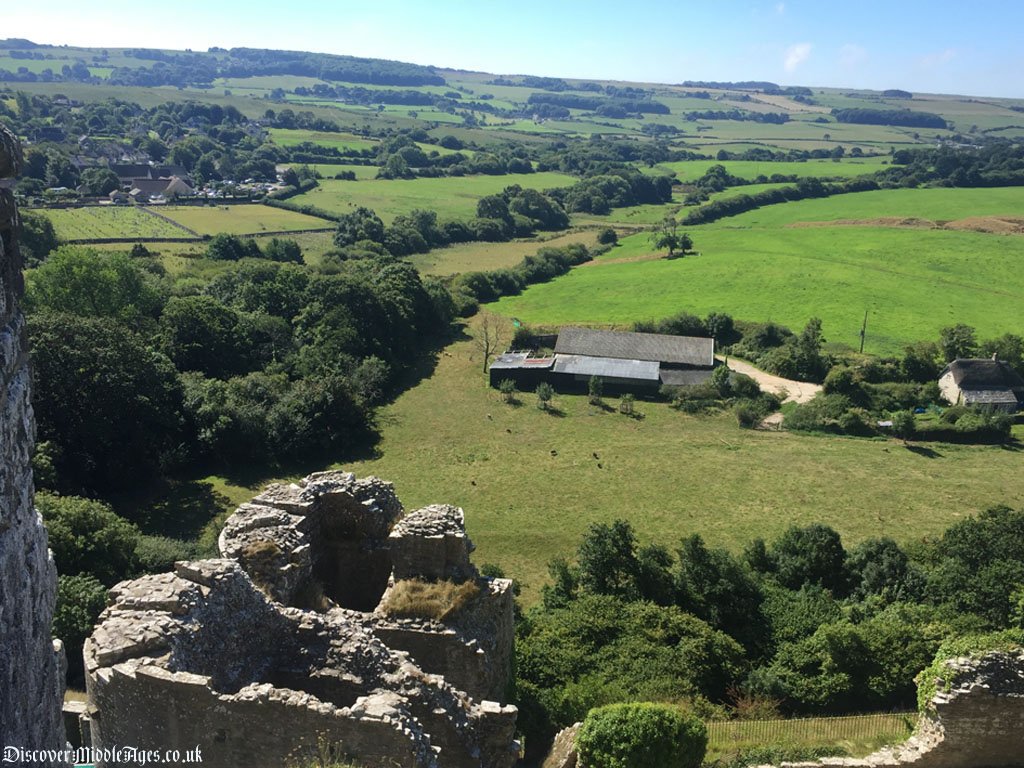
Edward was not his father's (King Edgar the Peaceful's) acknowledged heir. The claim to the throne was contested between Edward and his younger half-brother, Aethelred. Edward was eventually chosen as king over Aethelred, and crowned by his clerical supporters on 18 July 975.
However, Edward's reign would not last very long. Three years later, on 18 March 978, young King Edward was murdered at Corfe Castle, and would become known as King Edward the Martyr. There is some confusion over his death, but it is generally accepted that while Edward visited his step-mother Aelfthryth and his half-brother Aelthelred at Corfe Castle, Aelfthryth arranged for his murder.
The motive behind the murder was a plot by Aelfthryth to place her son, Aethelred on the throne of England. To do so, she would have had to remove Edward. Aethelred did become the next king of England, and would become known as Aethelred the Unready.
The parish church in Corfe village is called St Edward's Church. It is reported to be the site of a cottage where King Edward the Martyr's body was taken after his murder.
Corfe Castle the Norman Fortress
After the Battle of Hastings in 1066, William the Conqueror began fortifying England with castles. The old Saxon fort at Corfe Castle was upgraded with Norman stone around 1068, and was one of the first Norman stone castles in England.
Corfe Castle Reconstruction by Ciprian Selegean Image Source
Henry I continued to fortify Corfe Castle with a huge Purbeck stone keep, progressing at a rate of 3-4 metres per year, quarried from the local Purbeck quarries. Further stone walls, ramparts and earthworks were established to further increase the castle's defensive abilities. This enabled Corfe Castle to withstand a siege by King Stephen during the civil war, known as the Anarchy.
During the reigns of King John and Henry III, Corfe Castle gained towers, halls and more walls. The Gloriet tower (costing £275) was used to keep Eleanor, Duchess of Brittany imprisoned in 1206, as she posed a threat to both the King's claim to the throne. Eleanor became the longest imprisoned member of the royal family, with 39 years of captivity.
However, Eleanor was only held under house arrest, and was allowed to roam the halls and walls of the castle. She was also fed well and entertained guests. She did not spend all 39 years at Corfe Castle, as she spent some time in Gloucester castle amongst others.
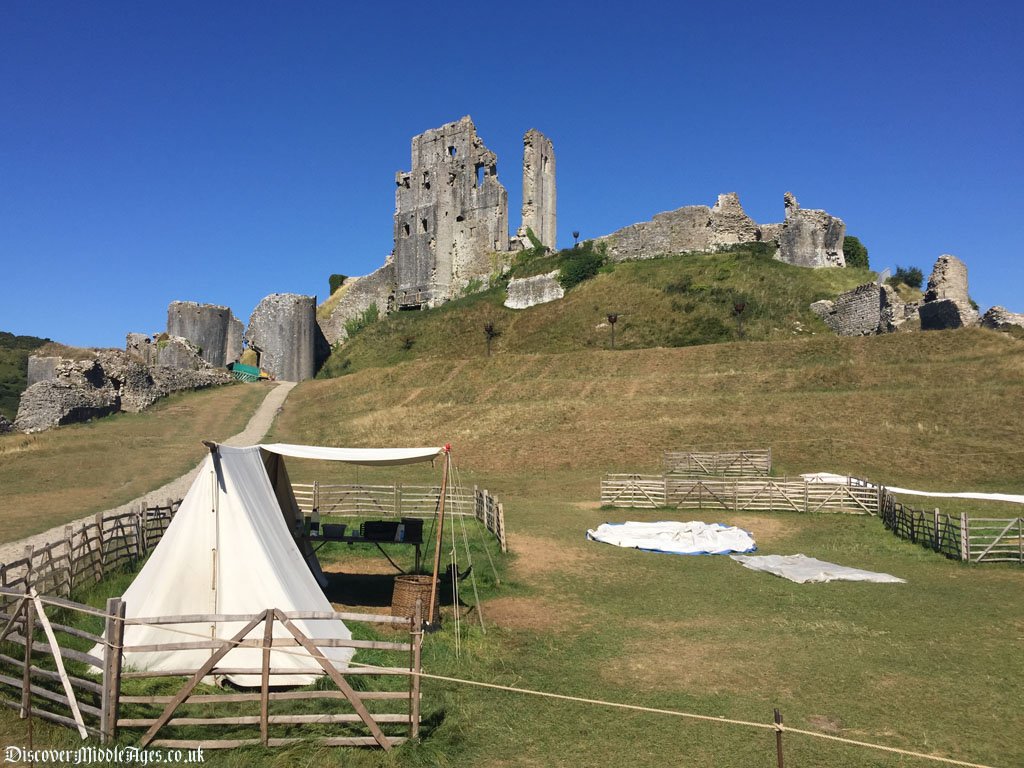
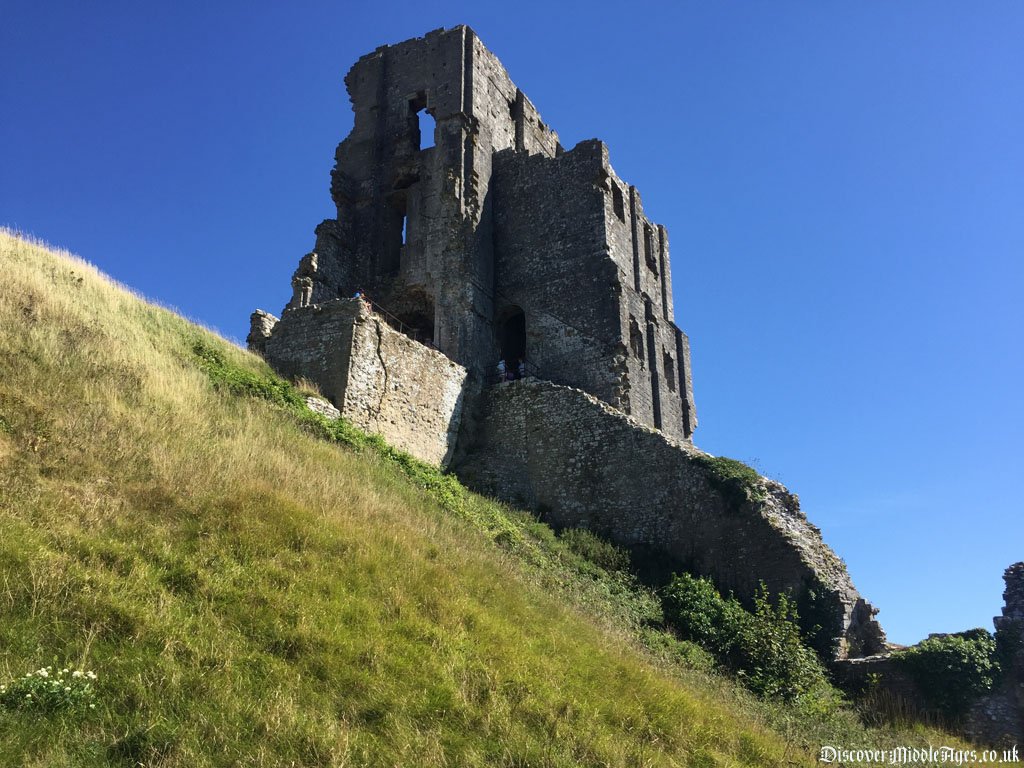
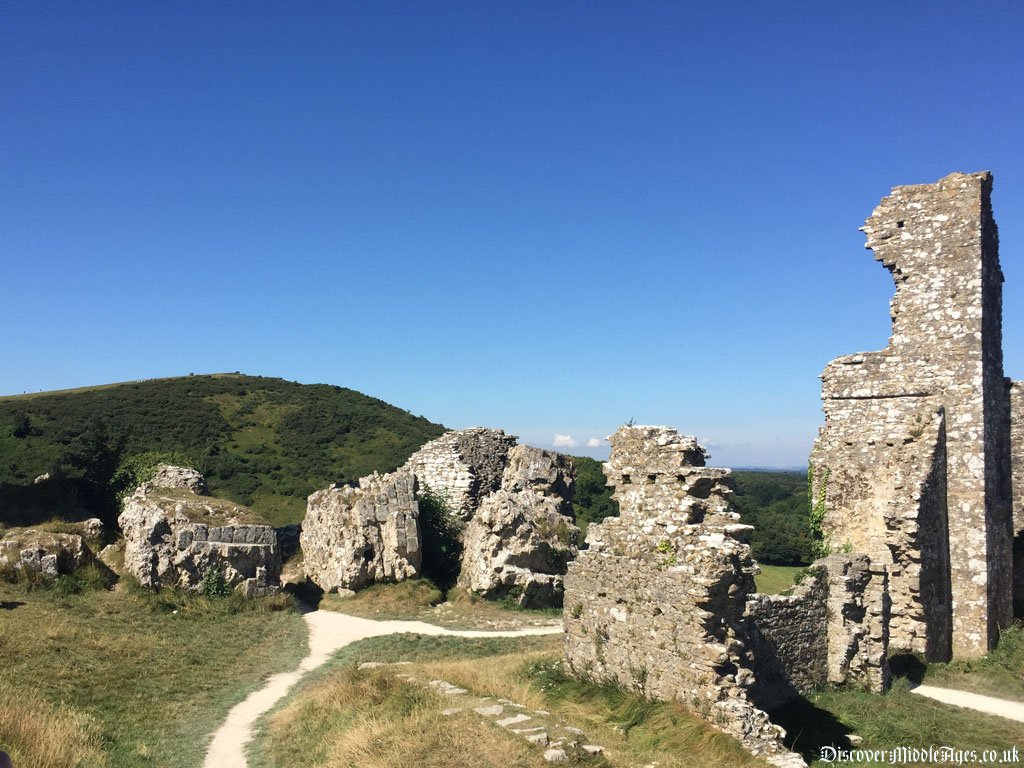
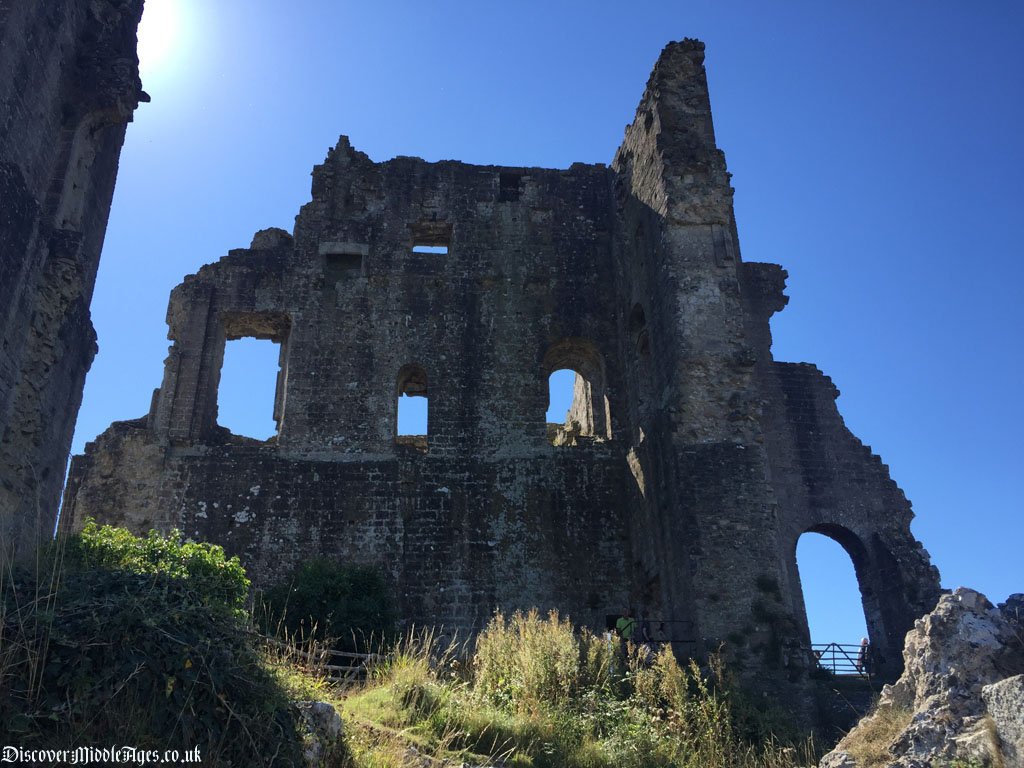

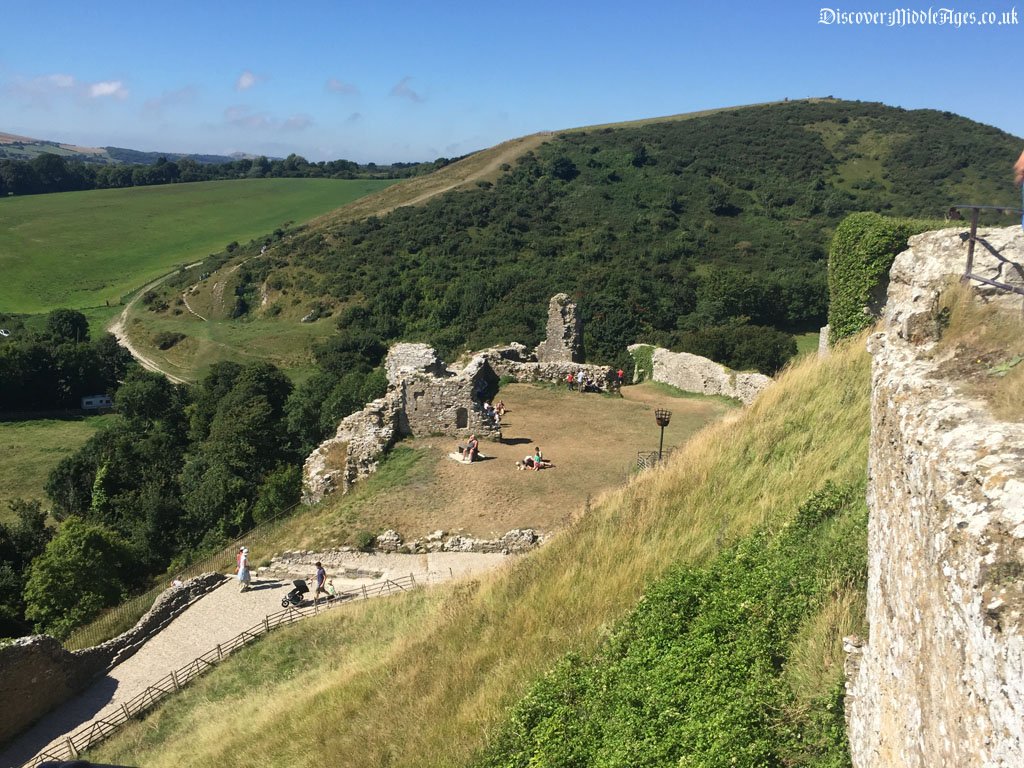
King John spent over £1400 on Corfe Castle, which was a considerable amount, and Henry III a further £1000. It is noted that a reasonably strong castle of medium size would cost £2000 to build from scratch. In 1244, Henry III ordered the Corfe keep to be whitewashed, following the Tower of London, which was whitewashed four years before.
Corfe Castle after the Middle Ages
Corfe Castle remained a royal fortress well into the Tudor period. Queen Elizabeth I sold Corfe Castle to Sir Christopher Hatton, who's steward drafted the oldest surviving survey of the castle.
During the civil war in 1643, Corfe Castle was used for the royal cause, despite the area being under Parliamentarian control. The castle came under siege from the Parliamentarians, but even with garrison numbers of around 80 or so, Corfe Castle was able to withstand the siege for six weeks. Finally, Royalist forces relieved the siege, much to the delight of the owner Lady Bankes.
Lady Mary Bankes Image Source
However, in 1645, Corfe Castle came under another siege. Parliamentarians disguised as Royalists, managed to enter the castle before the second siege, by a traitor on the inside. Once the siege began, the Corfe Castle garrison was attacked from within the walls by the disguised troops. Lady Bankes and her garrison surrendered, and were later released. Parliament voted to damage the castle beyond practical use, and the ruin you see today is the result (with centuries of decay too).
Today, Corfe Castle is managed by the National Trust. It was given to the Trust by Ralph Bankes in the 1980s, along with the estate and village.
Corfe Castle Digital Reconstruction
Corfe Castle has been masterfully reconstructed digitally by Ciprian Selegean. Witness the amazing transformation as Corfe Castle returns to its former Norman glory.
Here you can see the comparison of old and 'digitally' new.
Image reconstruction by Ciprian Selegean
Image reconstruction by Ciprian Selegean
Corfe Castle Saxon and Viking Re-enactments
Corfe Castle stages some Saxon and Viking re-enactments.
Visiting Corfe Castle
Corfe Castle is run and managed by the National Trust. For details on opening times, facilities and refreshments please visit: https://www.nationaltrust.org.uk/corfe-castle
Address: Corfe Castle, Nr Wareham, Dorset, BH20 5EZ
